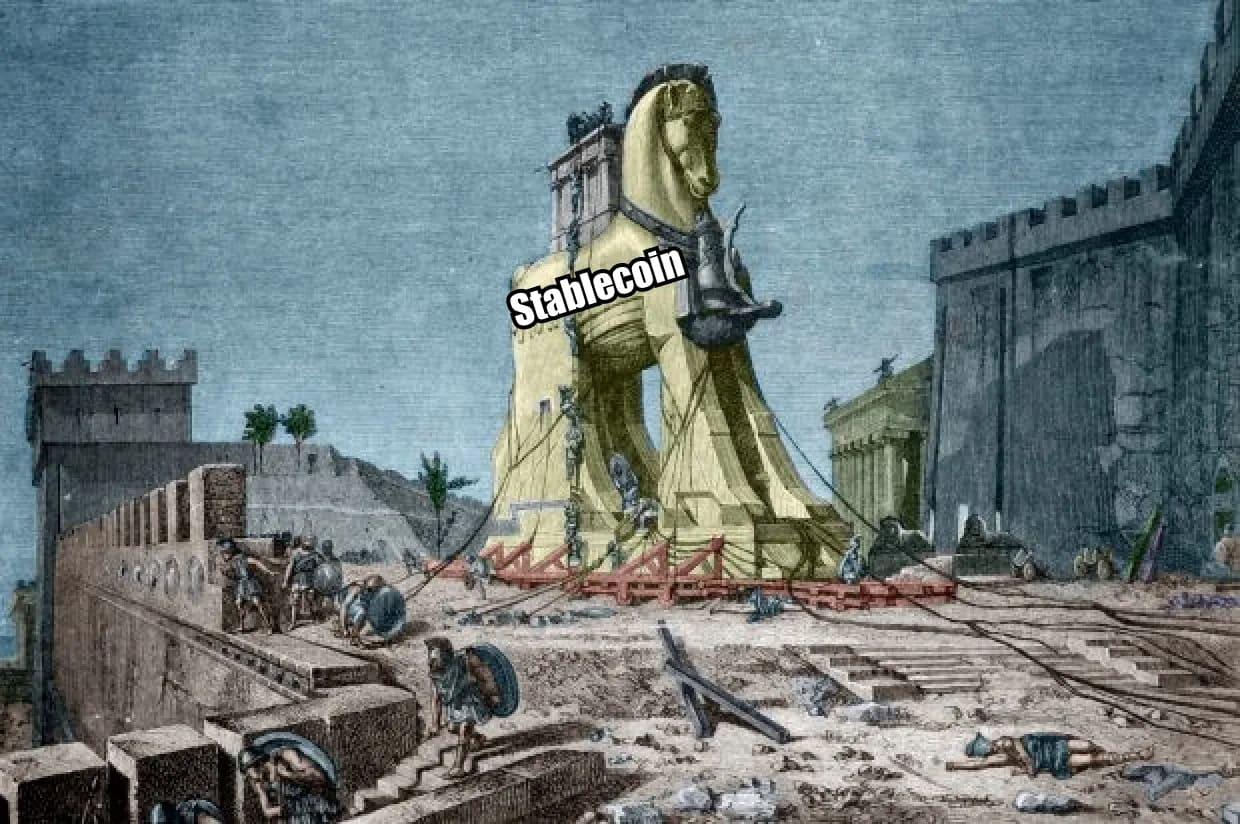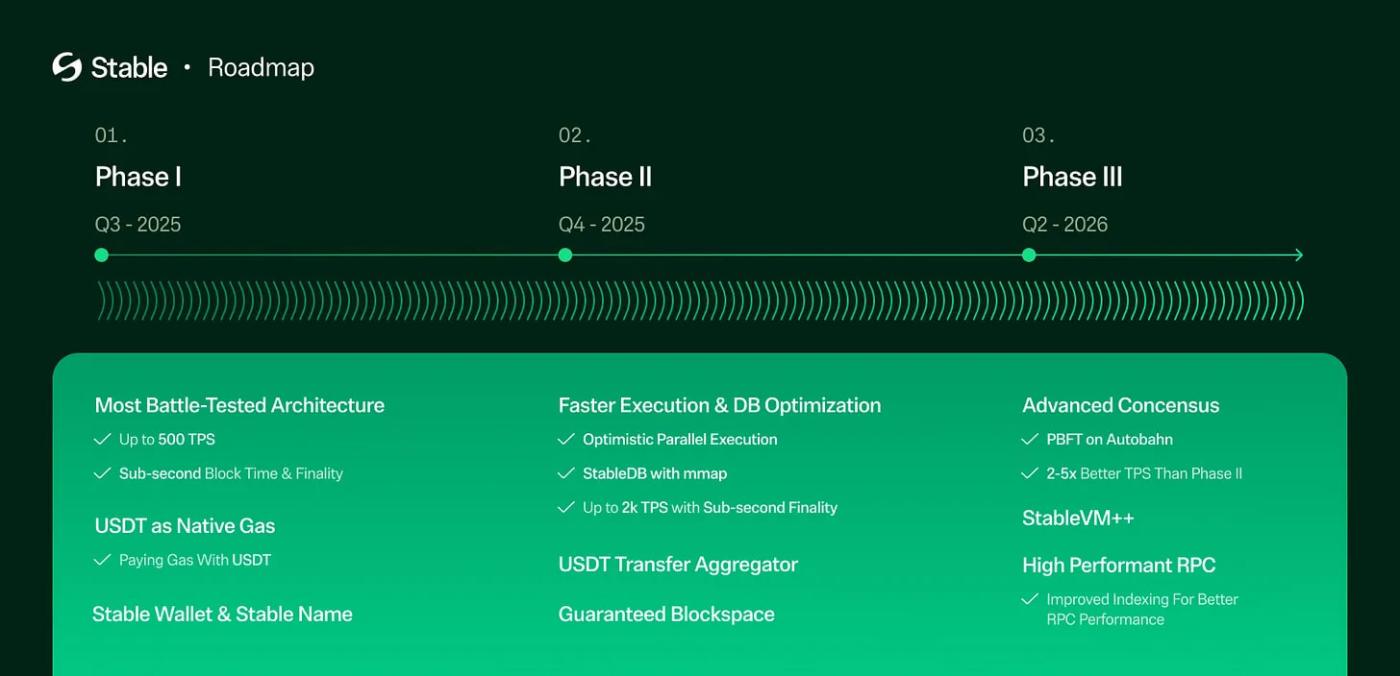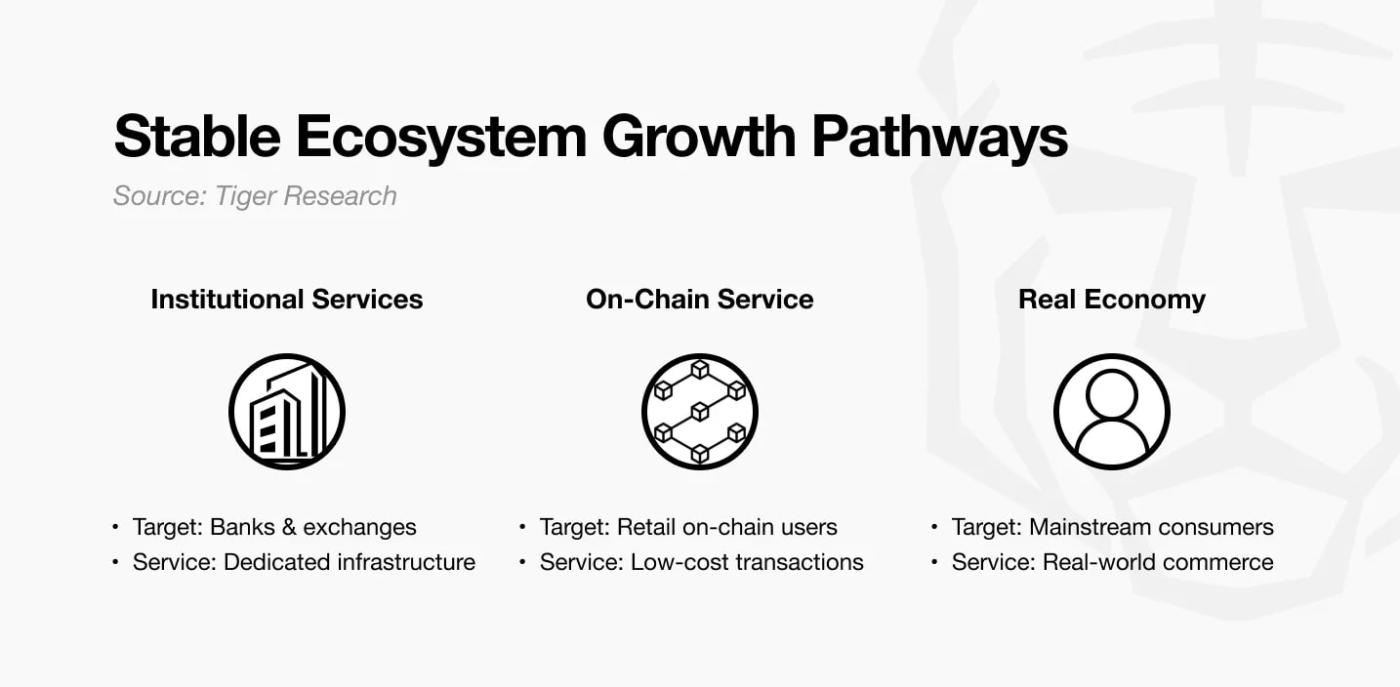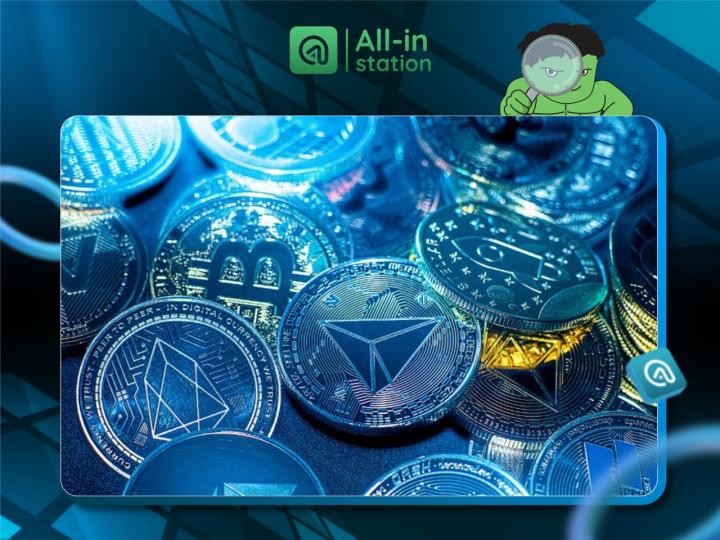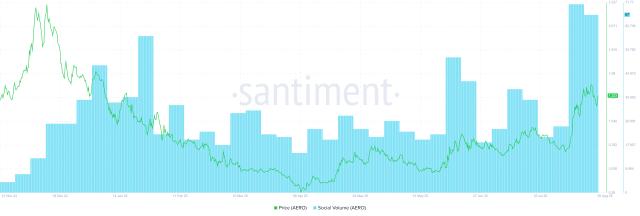This report, written by Tiger Research, analyzes how Stable, as a blockchain focused on USDT, is driving stablecoin mass adoption through zero gas fee P2P transfers and sub-second settlement.
Key Points Summary
Stable positions itself as a "Trojan horse" in the stablecoin market, aiming to achieve mass adoption through USDT-centric infrastructure.
It offers free USDT transfers, sub-second settlement, and a simplified interface to address key barriers such as high fees, slow transaction speeds, and complex user operations.
The expected plan is to attract users with free, seamless transfer services, and then expand into payment, DeFi services, and institutional collaborations.
1. Stablecoins: The "Trojan Horse" Entering the Market
Stablecoins silently enter the cryptocurrency market, like a "Trojan horse".
[The rest of the translation follows the same pattern, maintaining the specified translations for technical terms and preserving the original structure and meaning.]Stable's vision is not just to become another blockchain, but to be the core infrastructure supporting the $160 billion USDT ecosystem.
It aims to address the structural limitations of existing stablecoin infrastructure, including unpredictable fees, slow settlement speeds, and complex user interfaces. This approach moves away from the fragmented model of independent USDT support on each chain, towards a unified environment optimized for USDT operations.
4. How Stable Architecture Works
To realize Stable's core vision, multiple technical elements must be coordinated. Stable is currently in the testnet phase, and the team is preparing for official launch. Its expected architecture clearly shows the system's operational structure.
4.1 Zero-Fee USDT0 Transfers: EIP-7702 and Account Abstraction
The Stable network operates with two token types.
USDT0 represents USDT introduced from external networks through cross-chain bridges. gasUSDT is a network fee payment token, pegged 1:1 with USDT0, and used only for transaction fees. Both can be exchanged 1:1 for actual USDT.
To achieve fee-free P2P transfers, Stable utilizes EIP-7702 and account abstraction technology. Its key advantage is that users only need to hold USDT0 to perform all transactions.
[The rest of the translation follows the same professional and precise approach, maintaining the technical terminology and preserving the original structure.]For enterprise customers, Stable plans to launch a "Guaranteed Blockspace" feature, which is a dedicated transaction capacity that ensures stable throughput regardless of network congestion, similar to a bus-only lane on a highway. Additionally, a confidential transfer function is being developed to hide transaction amounts while still meeting Anti-Money Laundering (AML) and KYC compliance requirements. Looking ahead, the current execution engine written in Go will be replaced by a C++ version called StableVM++. This upgrade will achieve lower-level memory control and performance optimization, with the goal of increasing execution speed by up to six times.
5. Expansion Scenarios of the Stable Ecosystem
Stable positions itself as a new Trojan horse.
Free USDT transfers, sub-second settlement, and simplified user experience are entry-level incentives. This loss-leader strategy aims to drive mass adoption. Once a user base is established, revenue can be created through a series of auxiliary services.
From this foundation, there seem to be three main expansion paths.
5.1. Scenario One: Expansion of Institutional Services and Cooperation
Stable can expand its ecosystem by developing institutional services and partnerships. A key factor is providing premium services such as "Guaranteed Blockspace" to ensure low cost and high reliability.
This strategy is highly effective in enterprise cross-border settlements. Using Stable instead of traditional international transfer methods can significantly reduce time and cost. However, processing speed becomes crucial during peak periods like month-end. Dedicated block space ensures consistent processing speed, and enterprises are willing to pay additional fees for this reliability.
The same logic applies to fintech partnerships. Remittance companies like Limitless and Wise can provide better services to their customers by integrating Stable's infrastructure. In turn, Stable can charge fees based on transaction volume.
The same applies to cryptocurrency exchanges. By using Stable for USDT deposits and withdrawals, exchanges gain a reliable partner. While individual users can use the service for free, the true business goal is institutional traders with high transaction volumes.
5.2. Scenario Two: Rapid Growth of On-Chain Services Ecosystem
Free transfers and high-speed transmission will significantly increase the usage of on-chain services. Today, even a $10 DeFi transaction on Ethereum requires high fees. On Stable, small-scale DeFi activities become economically viable.
Users can provide liquidity or stake as little as $100 at an extremely low cost, which will expand the DeFi user base. Stable will collect smart contract execution fees from these activities, and its overall scale will grow with transaction volume.
A more significant change is the emergence of new on-chain services. Real-time micro-payments will enable direct transactions such as blockchain-based content subscriptions, game item purchases, and tipping. Tipping a YouTube creator $1 or paying $0.10 for a single news article becomes possible.
Once such a micro-payment ecosystem forms, transaction numbers will grow exponentially. Individual transaction fees may be small, but the total transaction volume will be considerable.
5.3. Scenario Three: Deep Integration with the Real Economy
The most ambitious scenario is for stablecoins to become the standard payment method in the real economy. In Southeast Asia and Latin America, USDT payments are emerging, but high fees and slow speeds limit stablecoin applications.
If Stable can solve these issues, offline commerce could change rapidly. Paying $2 for a coffee in a Vietnamese cafe or buying daily necessities with USDT in a Philippine convenience store could become the norm.
This would completely transform Stable's business model, from a blockchain network to a global payment infrastructure provider. It could provide payment terminals for merchants, digital wallets for consumers, and charge fees from both sides.
By collecting a minimal fee for every USDT transaction on the Stable network, it can build a stable revenue base as transactions grow.
The delay in Central Bank Digital Currency (CBDC) promotion also presents an opportunity. If private stablecoins are more convenient and accessible than government-issued digital currencies, users will naturally choose the former.
6. Stable's True Strategy
Stable's strategy is clear: attract users through free USDT transfers and convenient user experience. As the ecosystem grows, build a business model around the emerging diverse services.
Individual transactions may not bring huge revenue, but rapid transaction volume growth will create a significant overall scale. This is similar to Amazon's early strategy of selling books near cost to acquire customers, then generating substantial profits through cloud services and advertising.
Free transfers are just the bait. The true goal is to become the central hub of the USDT ecosystem, routing all transactions through Stable. Once the network effect forms, users will find it difficult to switch to other platforms.
Ultimately, Stable gains a solid market position. This is the true power of the new "Trojan horse".
Dive deep into the Asian Web3 market with Tiger Research. Become one of the 13,000+ leading experts gaining exclusive market insights.
Disclaimer
Part of the funding for this report was provided by Stable. This report is written based on materials we consider reliable. However, we do not explicitly or implicitly guarantee the accuracy, completeness, and applicability of the information. We are not responsible for any losses caused by using this report or its content. The conclusions and recommendations in this report are based on information available at the time of writing and are subject to change without notice. All projections, estimates, forecasts, targets, opinions, and views expressed in this report are subject to change without notice and may differ from or be contrary to the opinions of other persons or organizations.
This document is for reference only and should not be considered legal, business, investment, or tax advice. Any references to securities or digital assets are for illustrative purposes only and do not constitute investment advice or an offer to provide investment advisory services. This material is not targeted at investors or potential investors.
Terms of Use
Tiger Research allows reasonable use of its reports. The "fair use" principle broadly allows the use of specific content for public interest purposes, as long as it does not harm the commercial value of the material. If the use meets the purpose of fair use, these reports can be used without prior permission. However, when citing Tiger Research reports, you must 1) clearly state "Tiger Research" as the source, 2) include the Tiger Research logo (black/white). If you want to reorganize and republish the material, separate negotiations are required. Unauthorized use of the report may result in legal action.


